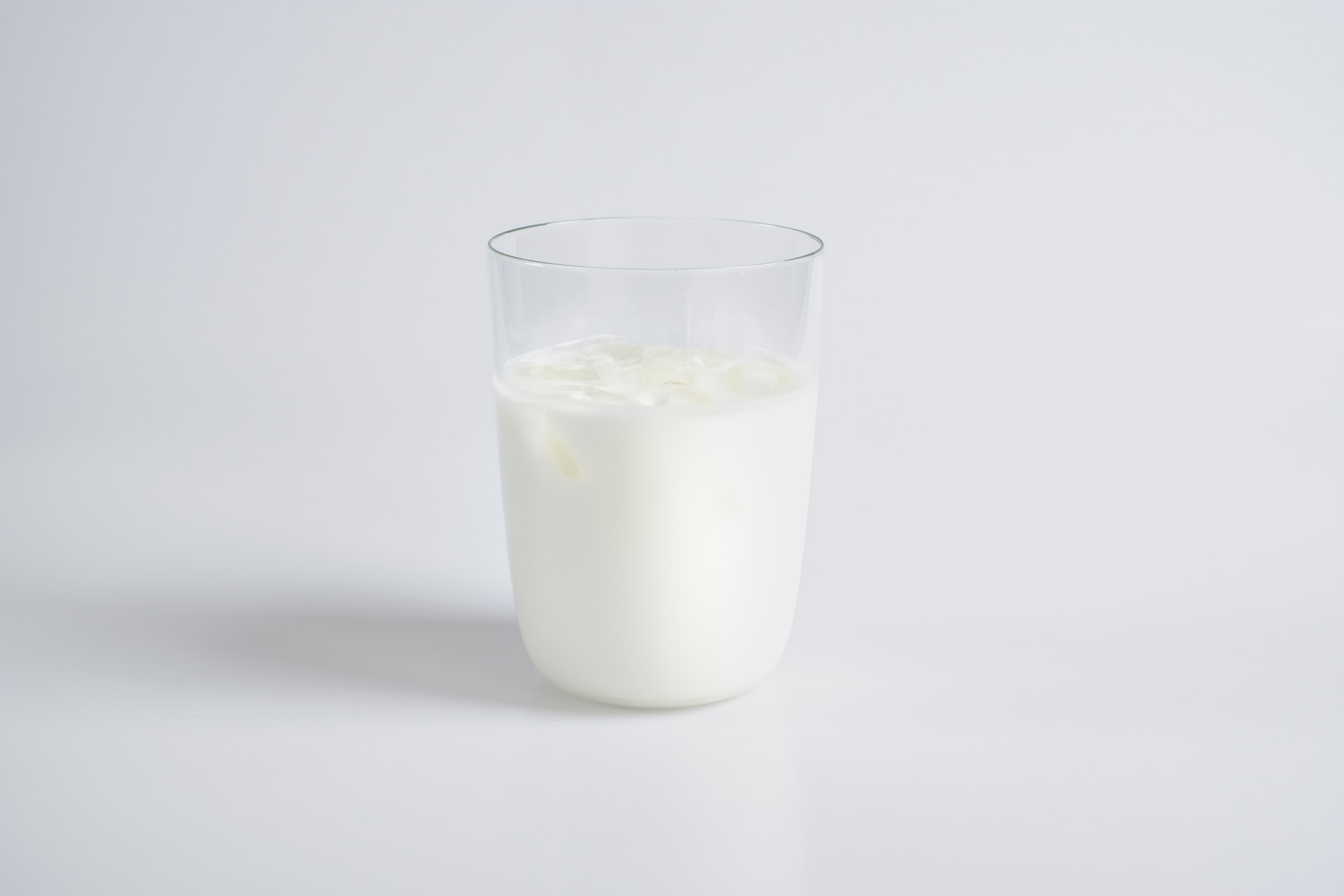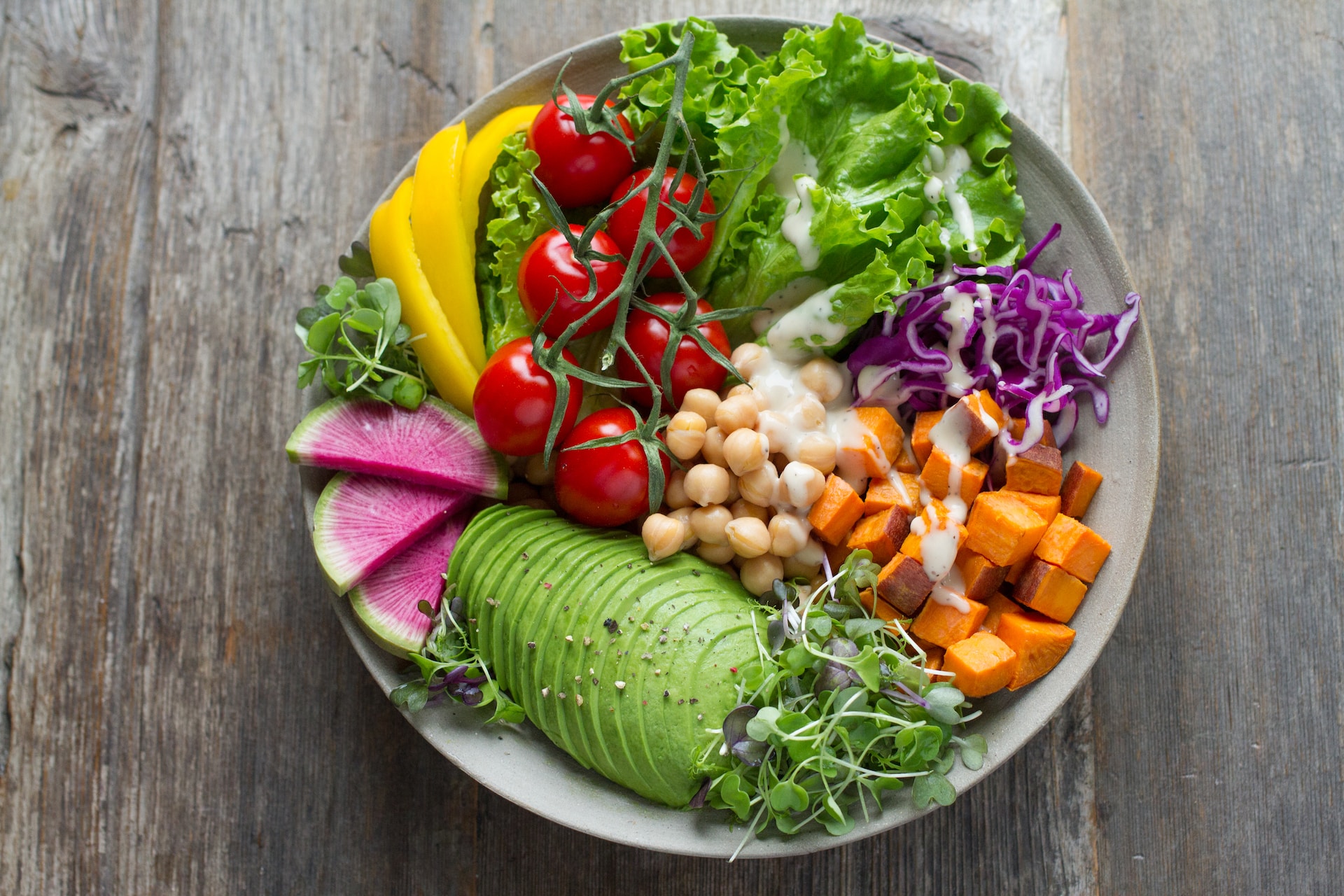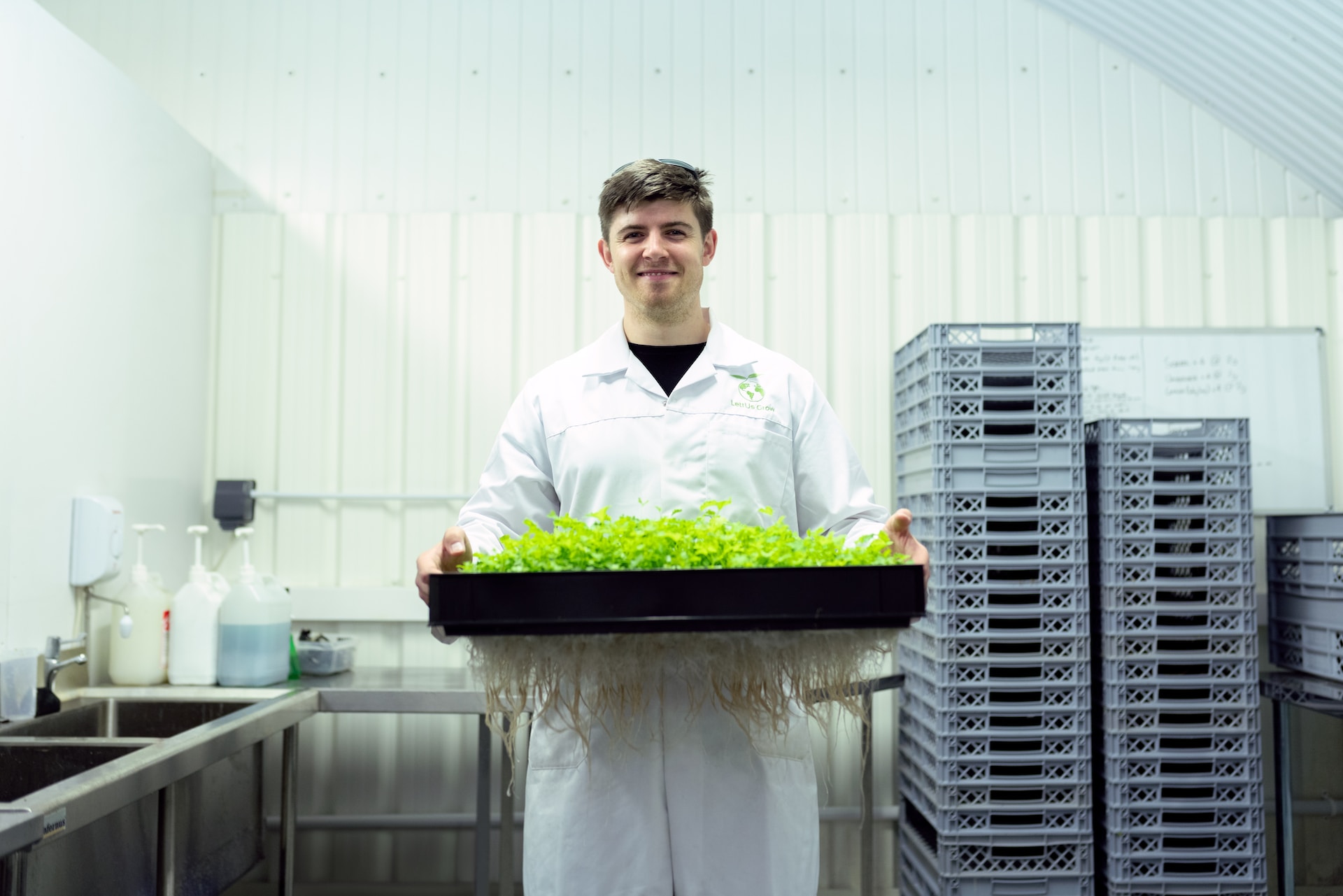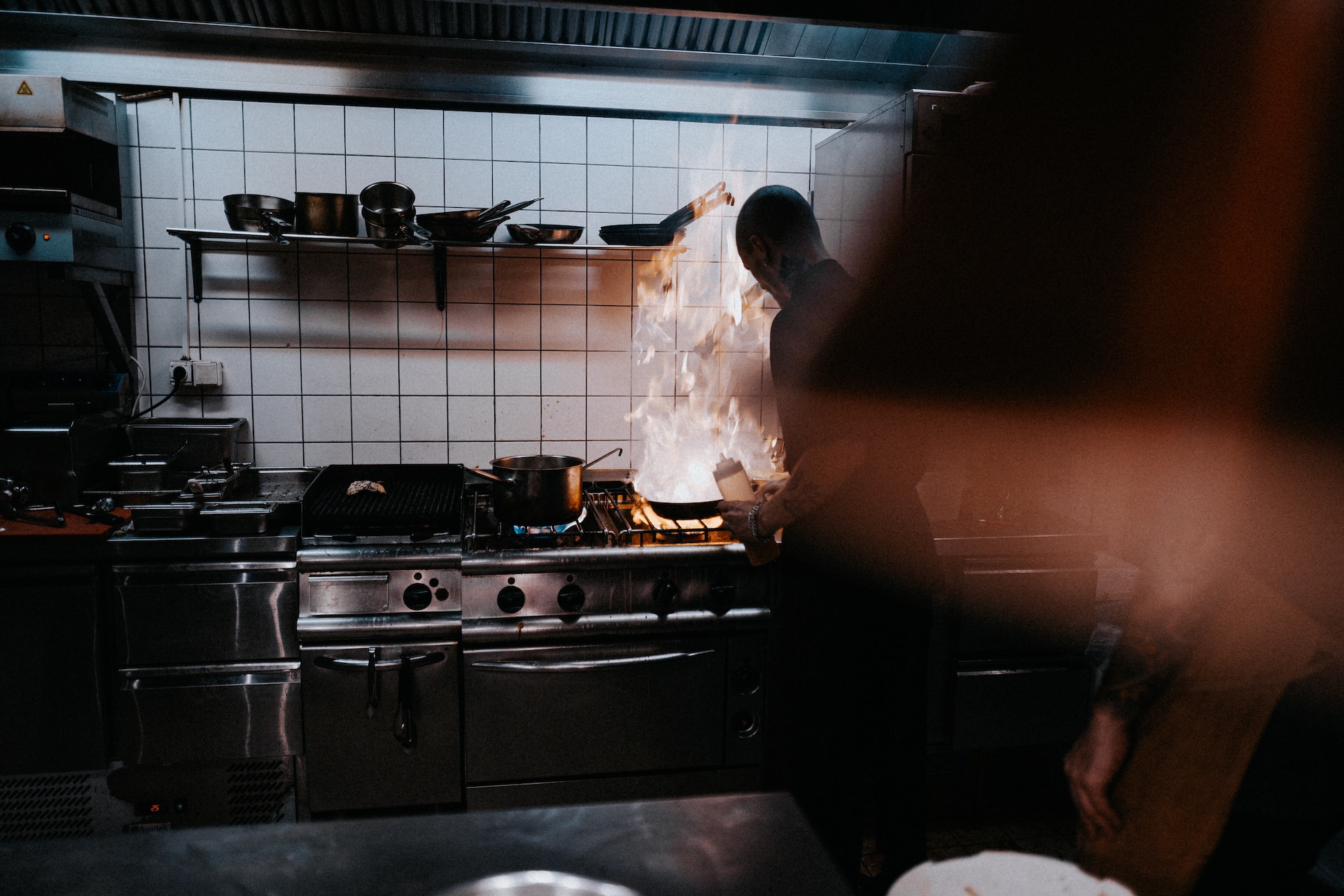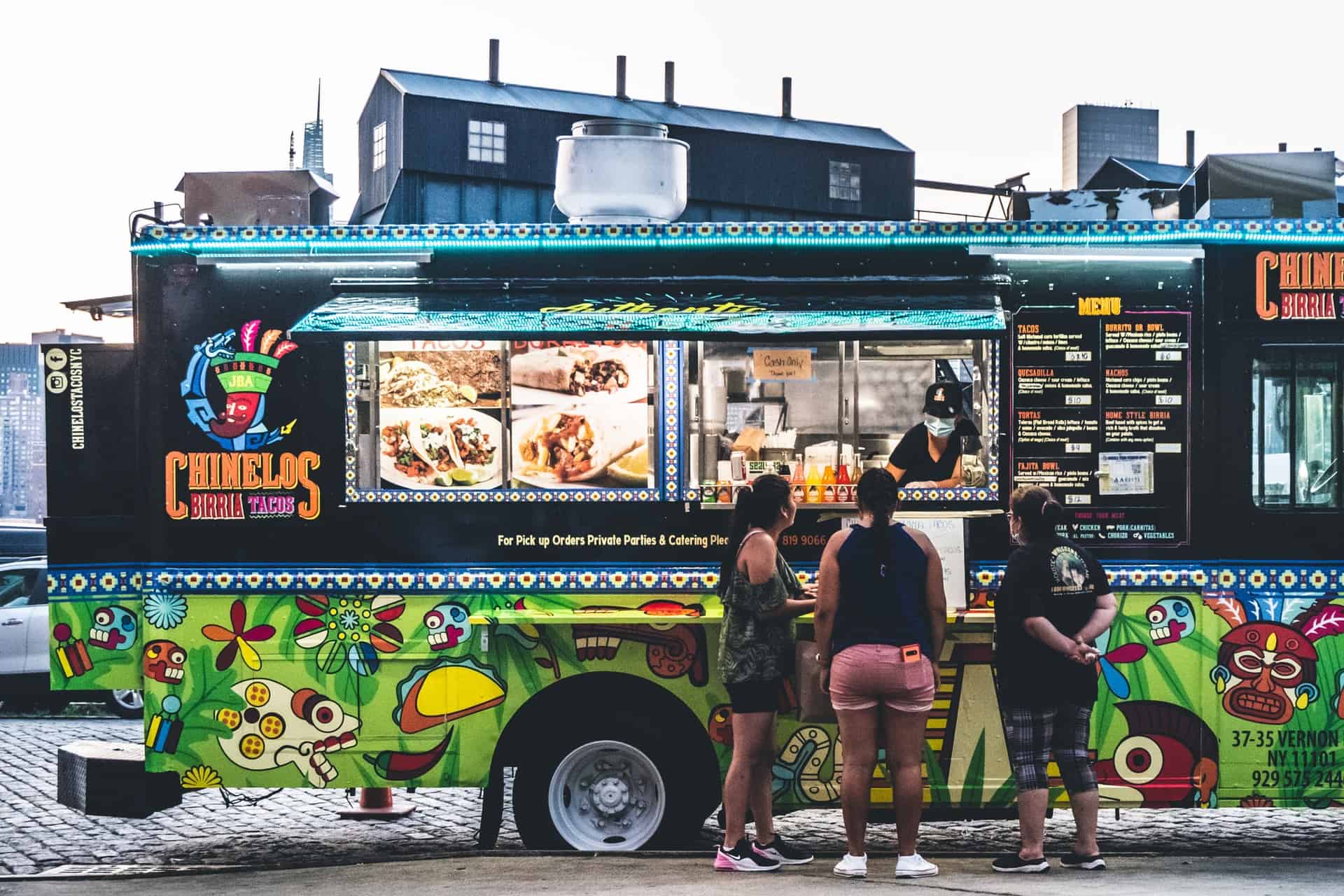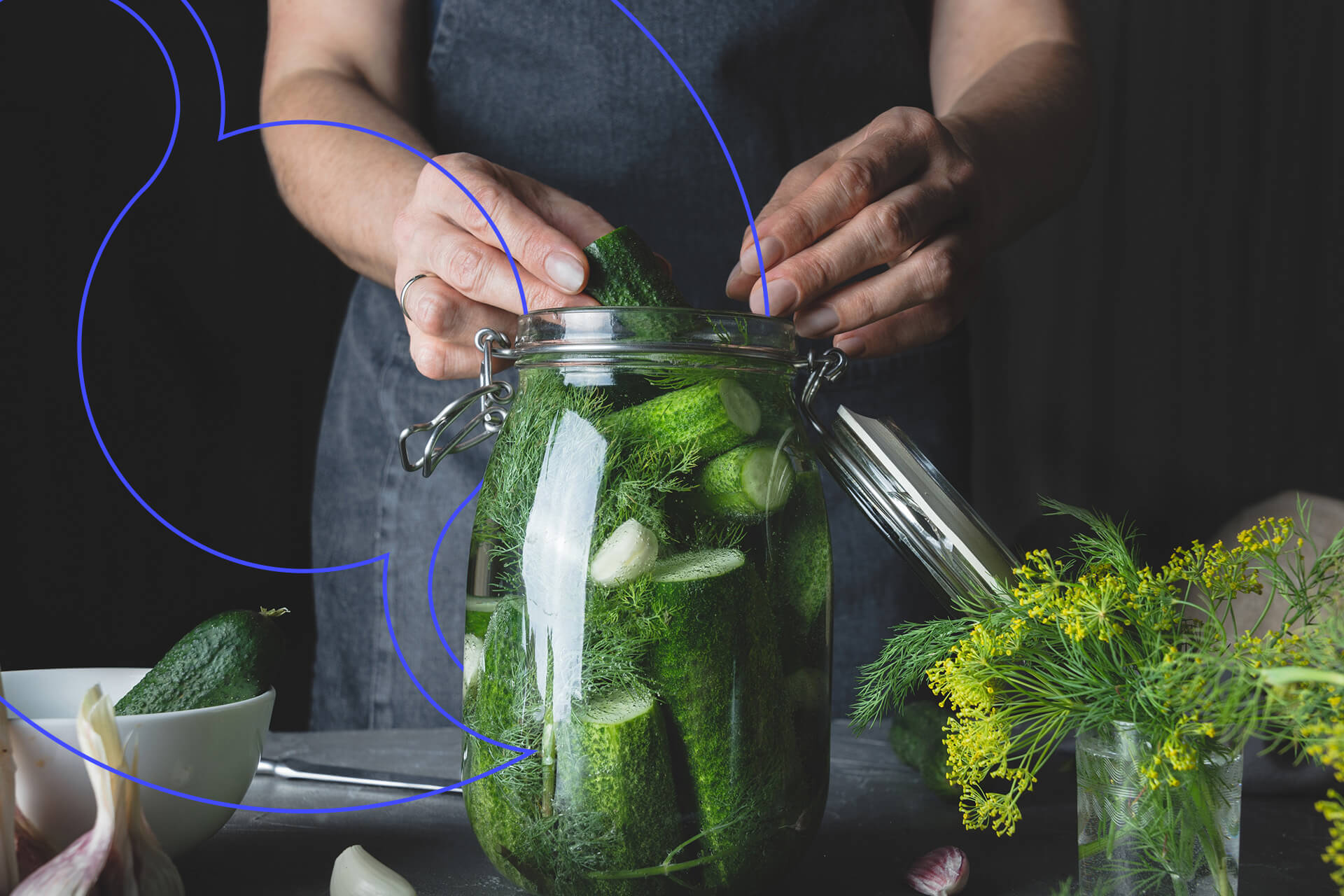
Stocking Up: How to Make Shelf Stable Food
August 8, 2022 - Emily Newton
Revolutionized is reader-supported. When you buy through links on our site, we may earn an affiliate commision. Learn more here.
Whether you’re preparing for an upcoming hurricane season or want a supply cache ready for the end of the world as we know it, having a supply of shelf-stable food is one of the essential tools for survival. You can purchase shelf-stable food options, but as with most prepared foods, it can be more expensive than making it yourself. Let’s take a closer look at how to make shelf stable food that will last for years.
What Makes a Food Shelf Stable?
Building a shelf-stable food supply starts with understanding what makes them shelf-stable, to begin with. At its simplest, shelf stability is when food is safe to store on a shelf without refrigeration. Many dry goods don’t require refrigeration; others may only need to be refrigerated after they’re opened.
According to the United States Department of Agriculture (USDA), making food shelf-stable means drying it or treating it with heat to destroy any foodborne organisms that could cause the food to spoil or create the threat of illness. Once treated, the food must be packaged in sterilized airtight containers to prevent the reintroduction of bacteria or microorganisms.
How to Make Food Shelf Stable
There are many ways to make the food shelf stable, but they primarily utilize one of four methods to kill bacteria or microorganisms.
Heat
If you’ve ever used a meat thermometer to cook a cut of meat to a specific temperature before serving, you’re already familiar with how heat is used for food safety. Applying heat is the method most are familiar with regarding food safety and preparation. Creating canned food is the easiest way to make it shelf-stable. The process can vary depending on the food you’re trying to store, but generally, heating meat, vegetables or other foods in heat-safe containers to a temperature of at least 250 degrees Fahrenheit. This process seals the containers and sterilizes them.
Acidification
Acidification is similar to the canning process in that it also involves heat, but the temperatures are lower. Foods with a naturally acidic PH don’t need to be cooked as hot as those without because the acid prevents bacteria from growing within the stored food. Fruits are usually stored via acidification and only need to reach a temperature of around 195 degrees F to be considered shelf stable.
Drying
Bacteria and other microorganisms need water to grow and thrive. Removing the water from various foods makes them shelf stable. Drying food can be as simple as placing it in a dehydrator or as complex — and expensive — as purchasing a freeze dryer that removes even more water and increases the life span of the food.
Curing
If you’re a fan of cured meats like country ham or prosciutto, then you’re familiar with the third form of shelf stabilization. It’s similar to drying in that it uses a mixture of salt, sugar and other ingredients to draw the moisture out of the meat, dry-aging it in the process. The meat can be aged for anywhere from a few months to a year and remains shelf stable as long as it’s stored correctly.
How to Make Shelf Stable Food
Learning how to make shelf stable food can take some trial and error. The supplies you need will vary depending on the foods you try to store. For canning or acidification, you’ll need:
- Jars or flexible heat-safe pouches designed for the canning process.
- A pressure canner
- A canning funnel
- A stainless steel spoon
- A canning jar lifter
- A magnetic lid lifter.
Once you’ve got all the supplies, the process of canning is relatively simple. You can set up high acid foods with boiling water or atmospheric steam canning methods. Everything else needs pressure canning to kill off any microorganisms.
A dehydrator or freeze dryer is helpful but not always necessary for drying food. You can dehydrate food in a low-temperature oven, but it takes longer and is often more energy intensive. Once the food is dry, store it in an airtight container with silica gel packets to absorb any remaining moisture. You may also want to consider investing in oxygen absorbers which can prevent oxidation and extend food shelf life.
Reducing Risks With DIY Shelf-Stable Food
Learning how to make shelf-stable food comes with a small degree of risk. The most common threat, especially with canning, is the growth of botulinum, the bacteria that causes botulism which can be fatal. Beyond that, there is the risk of mold growth or spoilage.
The easiest way to prevent these risks with canning is by using clean and sterile materials. Ensure that your cans or mason jars reach the proper temperature. Once they cool, the seal should be strong enough that you can lift it by the flat metal lid. Keep the ring off once the food is in storage. Leaving the ring on could allow the seal to break and re-seal, introducing bacteria to your food. If you leave the ring off and the seal breaks, it will stay open, so you know to avoid that particular can.
Keep your food in a cool and dry place. Garages or basements could expose your food to high or low temps that could encourage bacteria growth.
For dehydrated or freeze-dried foods, a low-humidity environment is essential. With oxygen absorbers and silica gel packets, freeze-dried food supplies can last up to 25 years.
Be Ready for Anything
Even if you don’t consider yourself a prepper or a survivalist, having a supply of shelf-stable foods is essential. You never know when a natural disaster might strike that could knock out power to your home or make it impossible to take a trip to the grocery store. Canning can also be a valuable resource if you enjoy gardening and have a surplus of fruits or vegetables you can’t eat before they spoil. Learning how to make shelf-stable food has a bit of a learning curve, but it’s a fantastic way to keep your costs down while protecting yourself in an emergency or survival situation.
Revolutionized is reader-supported. When you buy through links on our site, we may earn an affiliate commision. Learn more here.
Author
Emily Newton
Emily Newton is a technology and industrial journalist and the Editor in Chief of Revolutionized. She manages the sites publishing schedule, SEO optimization and content strategy. Emily enjoys writing and researching articles about how technology is changing every industry. When she isn't working, Emily enjoys playing video games or curling up with a good book.
